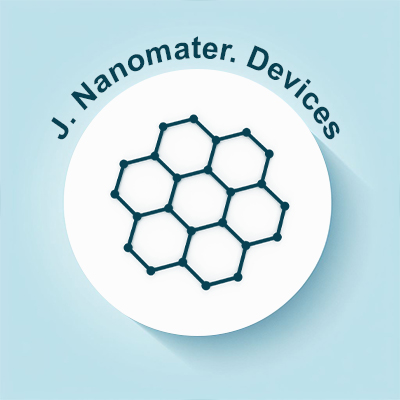
Journal of Nanomaterials and Devices
OPEN ACCESS

OPEN ACCESS
.jpg)
Department of Biotechnology, Utkal University, Odisha, India
Heavy metal contamination in water sources poses significant threats to human health and ecological systems due to the toxic, non-biodegradable, and persistent nature of these pollutants. Traditional remediation techniques such as chemical precipitation, ion exchange, and filtration often suffer from limitations in selectivity, efficiency, and sustainability. Recent advances in nanotechnology have revolutionized water treatment approaches by introducing a wide range of nanomaterials with enhanced surface properties, high adsorption capacities, and tunable functionalities. This review critically examines the role of various nanomaterials-including carbon-based nanostructures, metal and metal oxide nanoparticles, nanocomposites, layered double hydroxides (LDHs), hydrogels, and nanosponges-in the adsorption and removal of heavy metals such as lead, cadmium, mercury, chromium, and arsenic from aqueous systems. Special emphasis is placed on adsorptive membrane systems that integrate nanomaterials to achieve synergistic removal mechanisms through enhanced surface interactions, porosity, and functional group availability. Furthermore, the review discusses key parameters influencing removal efficiency, recent case studies demonstrating real-world applications, and the challenges related to nanomaterial toxicity, stability, and regeneration. By synthesizing recent findings, this review provides comprehensive insights into the potential of nanotechnology to develop next-generation, sustainable water purification systems.
Department of Biotechnology, Utkal University, Odisha, India